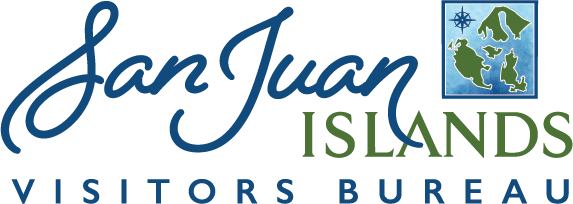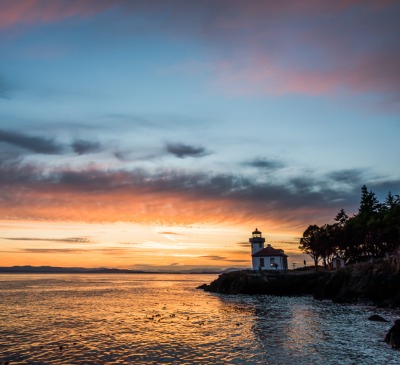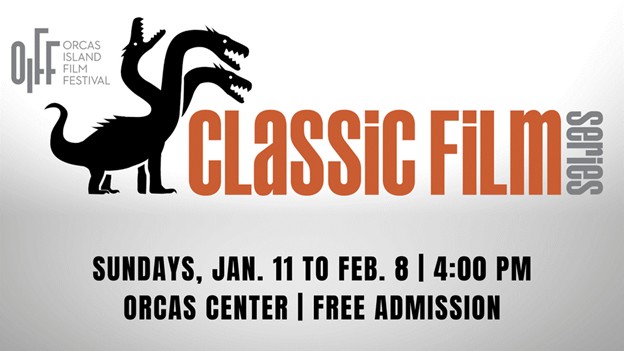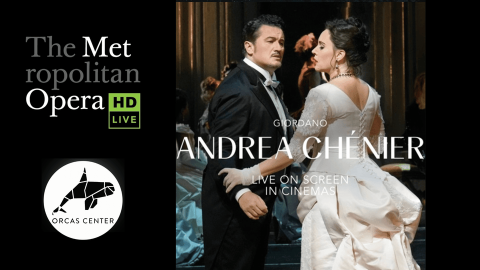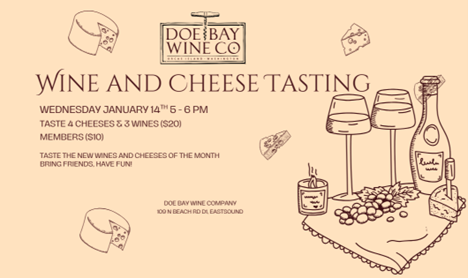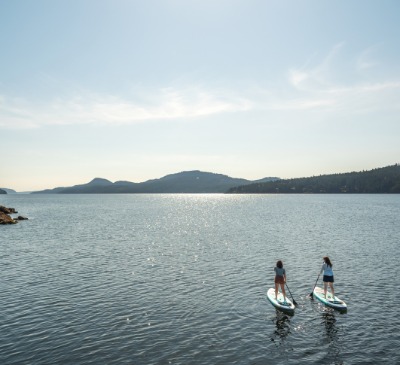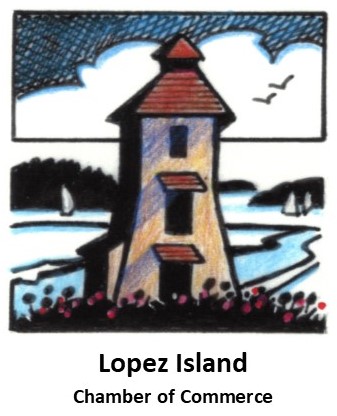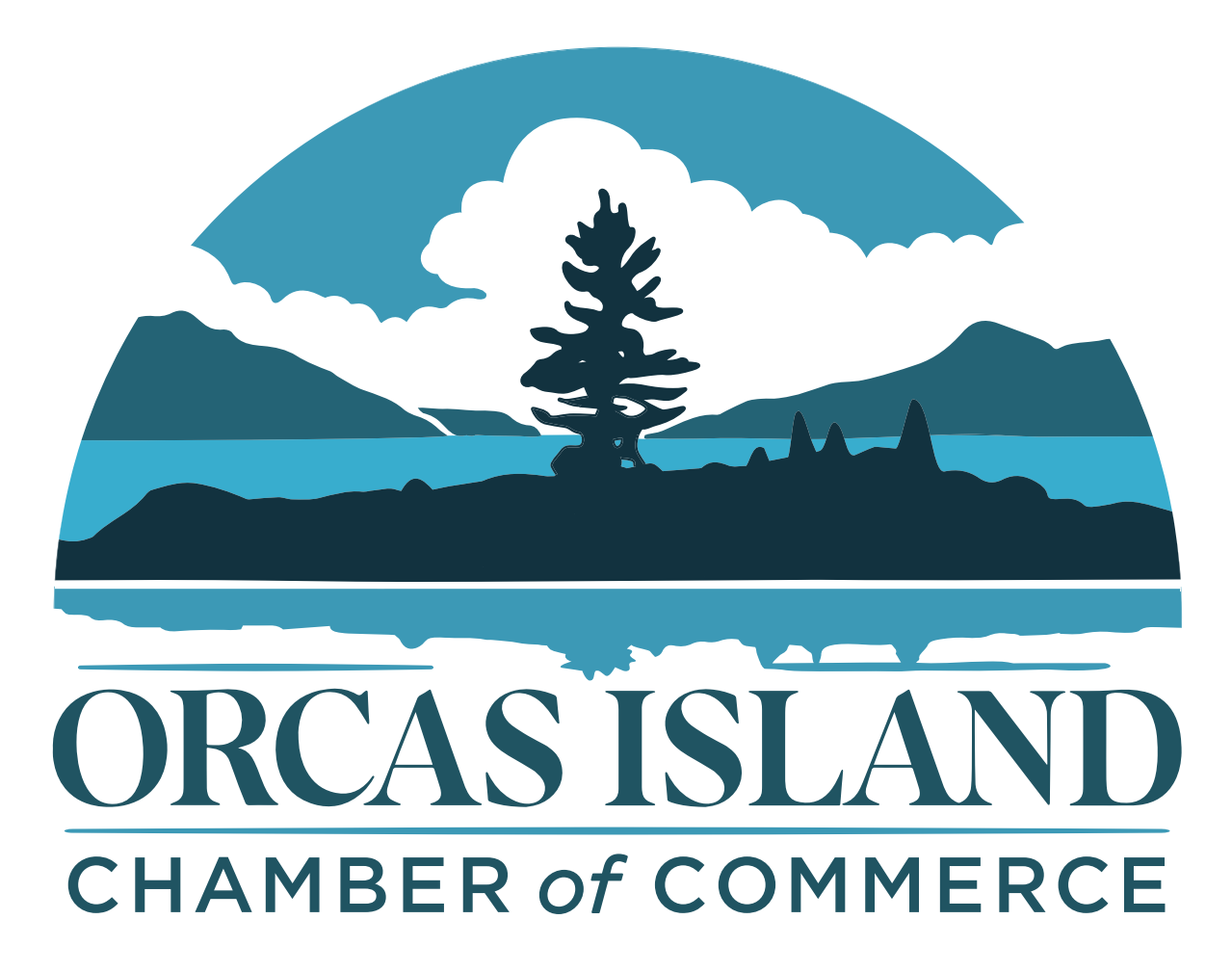Welcome To Orcas Island
Step onto horseshoe-shaped Orcas Island, drop your suitcase or backpack, and drink in the green paradise the locals call “the gem of the San Juans.” It’s a magical mix of arts and culture, lush forests, pristine lakes and endless outdoor possibilities. Most of Orcas Island’s 57 square miles are rural and hilly, a pleasure for drivers and a challenge for cyclists, with curving roads that wind through forests and past artists’ studios, fields with old apple barns, and the occasional turn-of-the-century prune drying barn. Take this driving tour around Orcas Island to experience all it's hidden gems and notable stops!
Get started playing with this Day Trip To Orcas Island Itinerary!
Let us acknowledge that we reside on the ancestral lands and waters of the Coast Salish people who have called this place home since time immemorial and let us honor inherent, aboriginal, and treaty rights that have been passed down from generation to generation.
Visit one of the nation’s most beautiful parks to hike, bike, or swim—the 5,252-acre Moran State Park. With several lakes and more than 38 miles of hiking trails, it's a perfect place to stay and play year-round. Hike the rugged old growth trails to see the expansive marine vistas from the summit of Mount Constitution. On your way, watch for soaring bald eagles, deer, rabbits or more than 250 species of birds that can be seen here throughout the year. You can also drive or bike to the observation tower at the top of Mount Constitution, the islands’ highest point, for a spectacular view of the island-dotted Salish Sea and snow-capped Mount Baker.
Head out on the water on a kayak trip (guided or alone), whale-watching tour, or fishing or sailboat charter. You can book these adventures and more from Deer Harbor, Eastsound, or Olga. Take the scenic route and consider renting bikes. There are endless activities on "the Emerald Isle" year-round and we hope you enjoy!
Fun Fact: Orcas Island was named by a Spanish explorer for his expedition’s sponsor, Viceroy Juan Vicente Guemes de Padilla Horcasitas y Aguayo. It's just a coincidence that it’s also habitat for orca whales!
Things to Do This Winter
Featured Experiences
Traveling While Black™️ is an exciting and innovative YouTube and TikTok show hosted by Anthony and Marlie Love. They rate the destinations they visit based on: how the drive/flight was, how much fun they had, and how safe/comfortable they feel as Black people visiting for the first time.
Olga, Doe Bay and Deer Harbor
South of Moran State Park, the little hamlet of Olga is famous for its artists’ co-op, Orcas Island Artworks, with an extensive collection of pottery, painting, jewelry, and more from over 50 island artists. You’ll find it housed in a historic 1936 strawberry packing plant along with Lascaux, a charming cafe that sources local ingredients.
You’ll also find a Northwest icon, Doe Bay Resort & Retreat, where you can dine with a water view at Doe Bay Café and enjoy cozy lodging, massage, yoga, sea kayaking, soaking tubs and more.
At the farthest western point or Orcas Island, you'll find Deer Harbor - a hub for all things marine. Rent kayaks, bikes, power or sail boats, or take whale/wildlife tours right from Deer Harbor Marina.
Orcas Island Events
 Loading
Loading